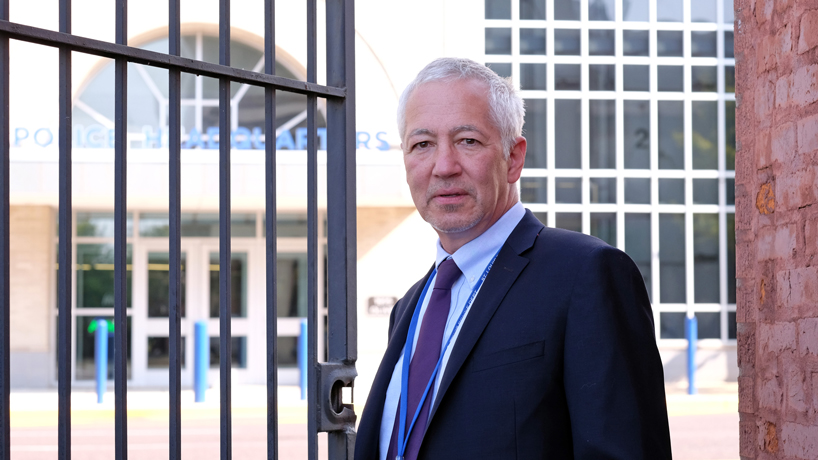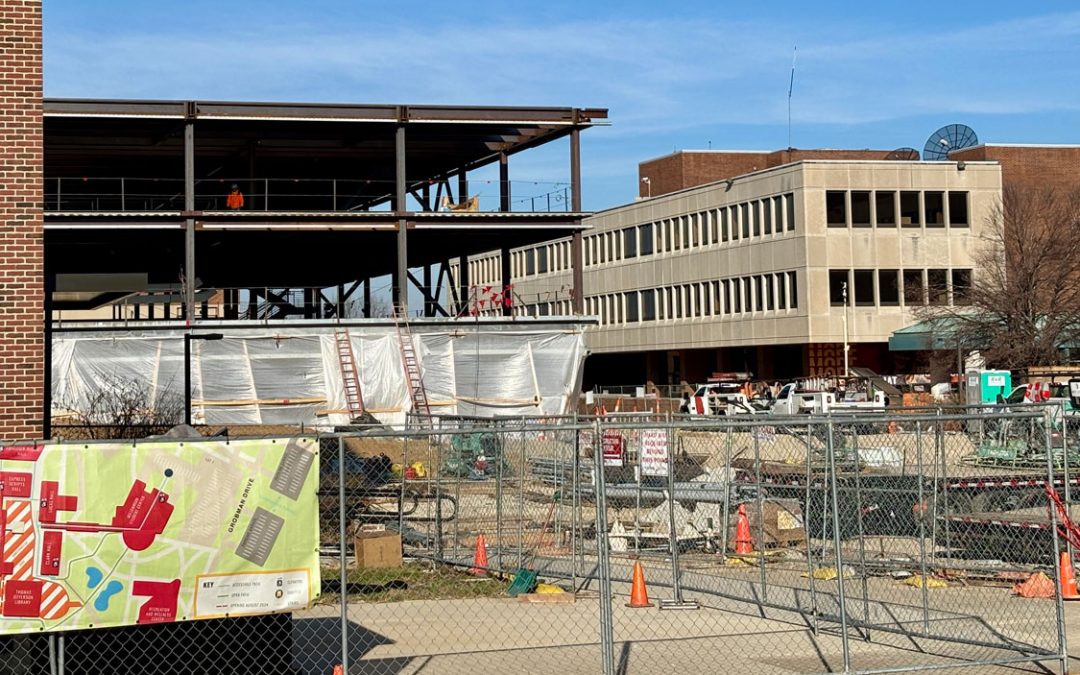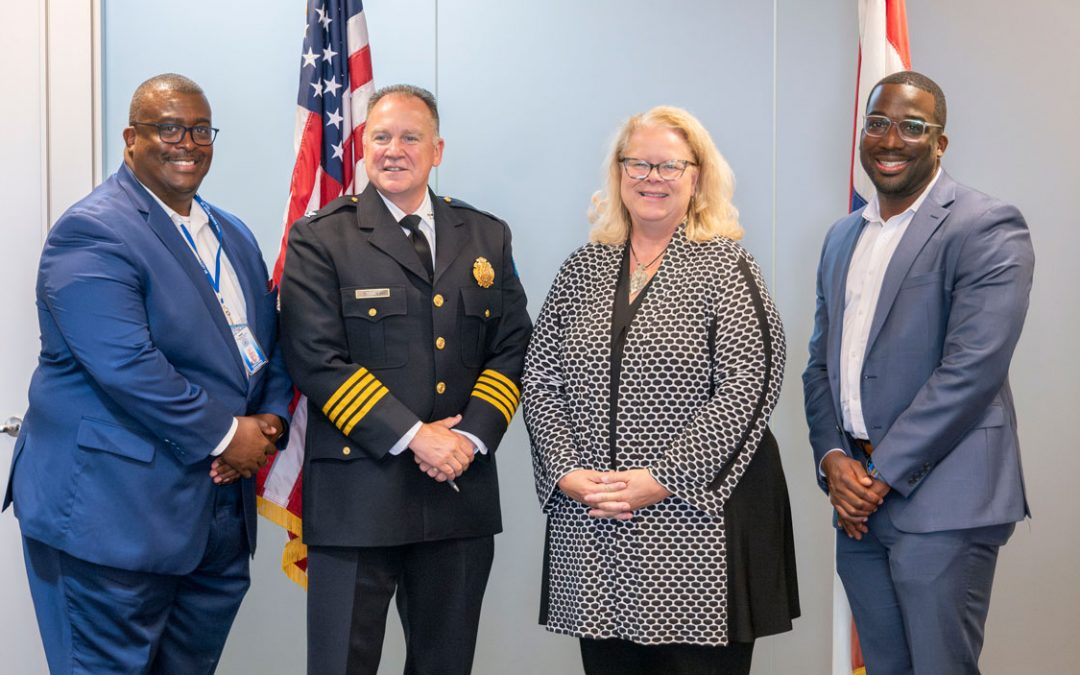
UMSL criminologist Richard Rosenfeld was tapped by several news outlets to discuss declining crime rates during the COVID-19 pandemic. (Photo by August Jennewein)
The emergence of a novel coronavirus and the ensuing COVID-19 pandemic has fundamentally changed the way people are living around the world as local, state and federal governments issue stay-at-home measures.
Aside from the primary goal of “flattening the curve,” the move to mass quarantining has produced some surprising side effects. A few notable examples include the return of wildlife to city streets, a sharp reduction of CO2 emissions and a drop in crime rates.
National news outlets such as the Baltimore Sun, the Chicago Tribune, Newsday and U.S. News & World Report have enlisted Richard Rosenfeld, Curators’ Distinguished Professor Emeritus in the Department of Criminology and Criminal Justice at the University of Missouri–St. Louis, to explore the last phenomenon.
Rosenfeld’s research interests include social sources of violent crime, crime statistics and crime control policy, and he is a highly regarded expert on crime trends. Many places in the United States are seeing an overall drop in crime, but Rosenfeld cautioned that there is nuance to what’s happening.
New York City – an epicenter of COVID-19 in the country – saw nearly a 40 percent drop in serious crimes such as homicide, grand larceny, rape and robberies for the week ending April 5 as compared to the same period in 2019. Likewise, homicides in Chicago dropped 29 percent the week of March 21. Overall crime also fell in Baltimore, though gun violence remained an issue.
Rosenfeld told Baltimore Sun that opportunities to commit crime become scarcer as more and more people stay indoors. He said Italy, which has been devastated by COVID-19, saw street crime plummet.
“Crime conforms to activity patterns in the population,” he said. “As routine activities are disrupted, crime rates change. Fewer people on the street means fewer targets for robbers and larcenists. More people at home means lower rates of residential burglary because burglars tend to avoid occupied homes.”
However, there are other crimes that might see an uptick during the pandemic. Talking to Newsday, Rosenfeld stressed the need to monitor domestic violence as people throughout the country remain isolated. Commercial burglaries could also see an uptick since non-essential businesses sit closed.
Generally, Rosenfeld expects crime to continue declining over the next month but told Newsday there are few modern analogues to serve as guides to this situation.
“We are in unchartered territory,” Rosenfeld told the publication. “The closest comparison is the Great Depression. Crime rates actually came down with the Great Depression.”
Media coverage
The Baltimore Sun
The Chicago Tribune
Newsday
KSDK
U.S. New & World Report
St. Louis Post-Dispatch














